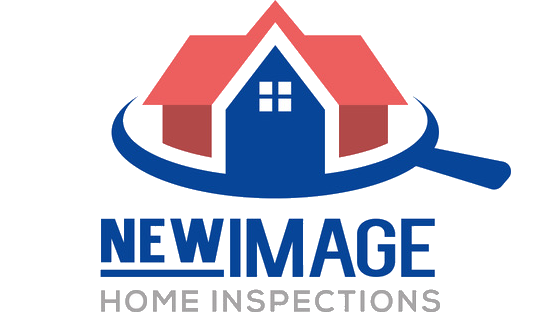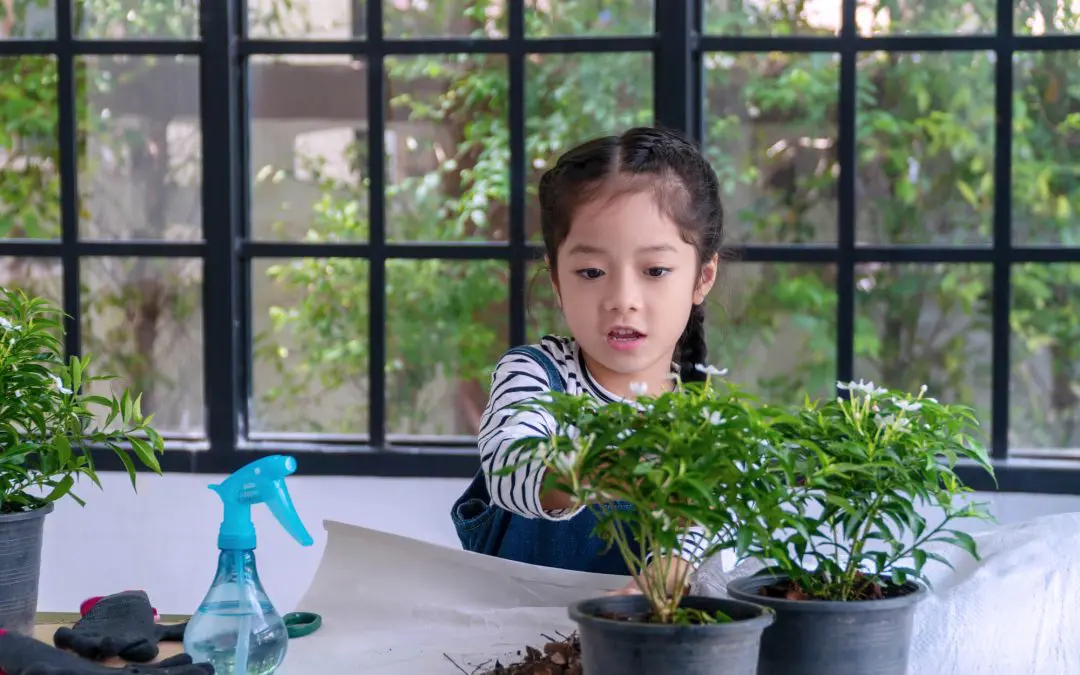Sustainable living is a buzzword these days, but you might wonder what it means for your home. Fortunately, going green doesn’t have to be complicated or costly. In fact, making a few simple changes can benefit the planet and your wallet. Let’s dive into how you can make your home more eco-friendly without turning your life upside down.
Boosting Energy Efficiency
First up: energy efficiency. Think of it as the backbone of sustainable living. The goal is to use less energy without sacrificing comfort. Start by taking a look at your appliances. If your fridge is decades old, it might be time for an upgrade. Modern appliances are designed to use less electricity and water, which means lower bills for you and a healthier planet.
Insulation is another essential component for energy efficiency. Adequate insulation in your walls, attic, and windows helps keep your home comfortable year-round and reduces the load on your heating and cooling systems. For lighting, switch out those old incandescent bulbs for LEDs. They last longer and use a fraction of the energy—plus, they’re inexpensive.
Embracing Renewable Energy
Renewable energy is the way to go if you’re ready to take things up a notch. Solar panels are the star of the show here. They capture sunlight and convert it into electricity, which can power your home and even earn you some money if you can sell excess energy back to the grid.
Wind turbines and geothermal systems are other renewable options, though they’re usually better suited for larger properties. If these feel out of reach, you can still get involved by choosing green energy programs through your utility provider. It’s a small step that can make a big difference.
Saving Water Like a Pro
Water conservation is another easy win. Start with low-flow fixtures like showerheads and faucets. They’re designed to use less water without compromising performance. For toilets, consider a dual-flush system—it’s a simple way to save water with every flush.
Rainwater harvesting is a cool (and surprisingly simple) way to make a difference. By collecting rainwater from your roof, you can use it to water your garden or lawn, reducing your reliance on the municipal water supply. Plus, it’s satisfying to know you’re reusing what nature gives you.
Choosing Sustainable Materials
When it comes to home improvements, the materials you choose matter. Bamboo is a fantastic choice for flooring and furniture because it grows quickly and is very durable. Reclaimed wood is another great option, giving your home character while keeping valuable resources out of the landfill.
For countertops and decking, look into recycled materials. They’re often just as stylish and much better for the environment. And if you’re considering a new roof, metal or recycled shingles are excellent sustainable choices that are friendlier to the planet.
Cutting Down on Waste with Sustainable Living Practices
Reducing waste is all about making smarter choices. Composting kitchen scraps and yard waste turns them into nutrient-rich soil for your garden, which helps reduce the amount of trash you send to the landfill.
Recycling is another straightforward practice. Make sure you’ve got bins set up for recyclables and get familiar with your local recycling rules. Also, try to cut down on single-use plastics. Reusable bags, bottles, and containers can significantly reduce household waste.
Sustainable Transportation and Home Location
While it might not be directly related to your home, how you get around can impact your sustainability. If you live in a walkable area, take advantage of it. Walking or biking for short trips is a great way to cut down on driving.
Electric vehicles (EVs) are becoming more popular and can be charged right at home, especially if you’ve got solar panels to offset the energy used. And if you’re house-hunting, consider the location carefully. Proximity to public transport, work, and schools can make a big difference in your overall carbon footprint.
Creating a Healthier Home with Sustainable Living
Sustainability also means creating a healthier space for you and your family. Opt for eco-friendly cleaning products to reduce harsh chemicals. When it’s time to paint, choose low-VOC options to improve indoor air quality.
Indoor plants can also help purify the air. Snake plants, spider plants, and peace lilies are great choices for boosting your home’s air quality while adding a touch of greenery to your decor.
The Financial Upside
Let’s not forget the financial benefits. Energy-efficient upgrades can lower your utility bills, and there are often tax incentives and rebates available to help with the cost. Plus, homes with green features tend to have higher resale values.
Starting Your Sustainable Journey
The best part about sustainable living is that you don’t have to overhaul your entire home overnight. Start with small changes, like switching to LED bulbs or installing low-flow fixtures, and gradually build from there. Each step you take makes a difference.
By incorporating these practices into your daily life, you’ll reduce your environmental impact and create a more comfortable, cost-effective home. Small changes can make a big impact here for you and your community.
Sustainable Living FAQs
Is it worth it to switch to green cleaning products?
Absolutely. Green cleaning products often have fewer harmful chemicals, which is better for your health and the environment. They’re also typically made with biodegradable ingredients, reducing their impact on water systems.
How can I make my garden more sustainable?
Implement water-saving techniques like drip irrigation and rain barrels. Choose native plants that are adapted to your local climate and require less water and maintenance. Composting garden waste also naturally enriches the soil.
What are some benefits of installing a green roof or living wall?
Green roofs and living walls can help insulate your home, reduce stormwater runoff, and improve air quality. They also offer aesthetic benefits and can provide additional outdoor space or a unique touch to your property.
Can sustainable living practices really impact my home’s resale value?
Yes, many buyers are looking for eco-friendly features. Homes with energy-efficient systems, renewable energy sources, and sustainable materials often attract more interest and can command higher resale prices.
New Image Home Inspections provides home inspection services to homebuyers and sellers in upstate South Carolina. Contact us to schedule an appointment.

